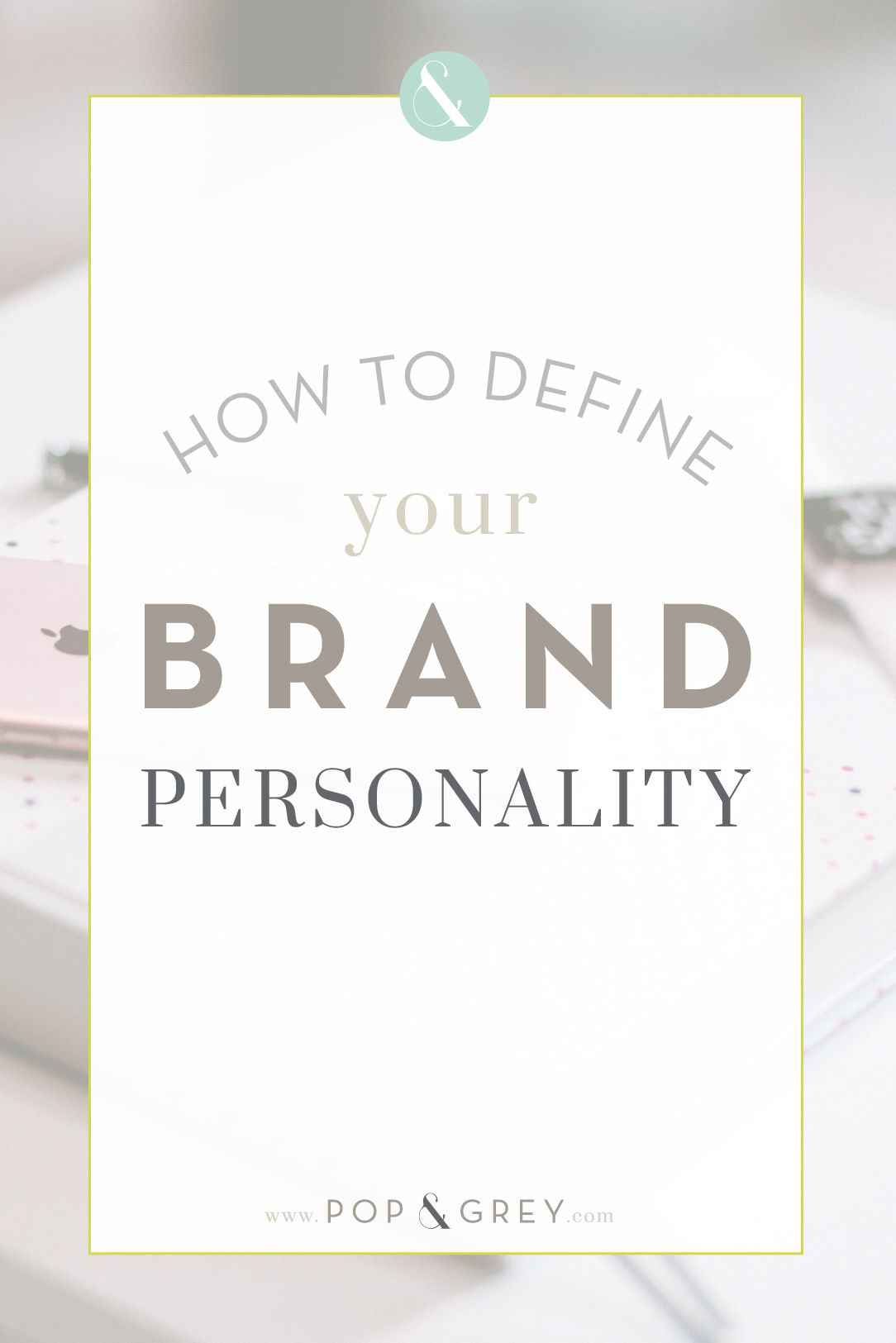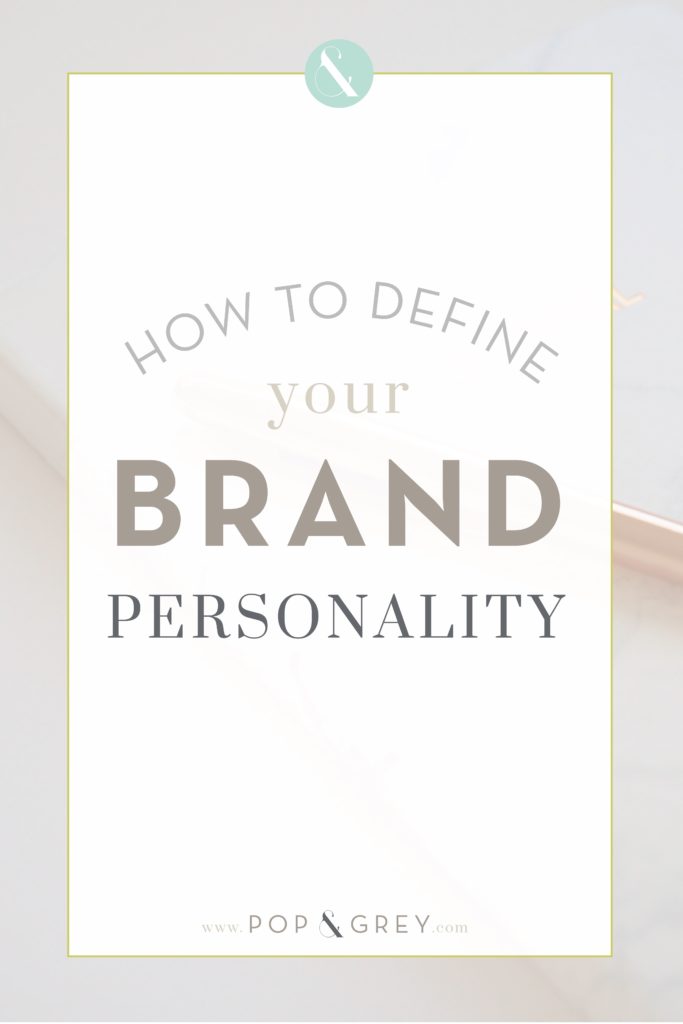
In a sea of businesses selling similar services and products, defining your brand personality is the key to rising above the noise. In our Instagram-scrolling culture, being the best isn’t always enough. You know the intricacies of why your offering is more valuable than the competition, but those sometimes subtle intricacies may not be obvious to an outsider, especially when the world moves so fast that you only have a split second to introduce yourself. By infusing personality into your brand, you can more easily entice an audience to spend a little extra time getting to know the specifics of your business. Once your personality does the job of drawing them in, they are so much more eager to consume your content and get to know the heart of your brand.
That’s when their eyes and ears will be open to actually see how you outweigh the competition.
So, what is brand personality anyway?
In short, brand personality is the human, emotional characteristics of your business. Personality is a platform for relatable emotion. It’s the elusive force that forms an emotional bond with others and inspires you to drop your guard and trust them. With a brand, the process is largely the same as it is in one-on-one relationships. Certain personality characteristics will attract some and repel others. Learning to let your brand personality shine will get your foot in the door to introduce the rest of your business to an audience that will appreciate it.
For some, it may repel them from the get-go. While scary, this is a great thing. Why waste time and resources wooing an audience that will never be a loyal fan? For others, it will give them a taste of something that really speaks to them, urging them to dig deeper and learn more.
Here are some steps to start to think about sharing your personality.
get to know your customers
It seems obvious to talk to your customers, but a lot of business owners are so caught up in wearing all of the hats of running a business that this important detail gets lost. Don’t focus on growing your brand until you know the facets of who your customer is. Why are they already drawn to you? What appeals to them? How can you have an inspired conversation with them? Think of your business as a person and ask yourself how it would interact with this core base of people.
Once you’ve figured that out, determine whether this core base is your ideal audience or if you need to do some pivoting to appeal to an audience that you haven’t attracted yet.
analyze your content
What kind of content are you putting out into the universe for consumption and how does it make people feel? Are you making people feed good, making them laugh, educating them? Make sure the type of content you are providing aligns with your personality. Humor is a great equalizer to make brands seem human, but it doesn’t fit for every business. If your content subject matter is very serious, a witty brand will feel insincere and have trouble gaining traction with its intended audience. Analyze what you are saying, what you want people to take away from it, and then decide what personality traits serve as the best vehicle so that your content is actually taken in by the right audience.
hone your voice
How you say things is at least as important as what you say. Make sure your voice and tone align with your brand personality. Once you know your content appeals to your audience, look at the way you are presenting it in your writing and speaking style. Does your brand personality come through better in quick, witty remarks or long heartfelt sentiments? Jot down specific words that evoke the emotion you want people to feel and use them strategically. You will create a brand vocabulary that resonates with the right audience by listening to them. What words do they use and understand? Use those same words when speaking back to them, and be consistent.
communicate your values
Your brand personality should appeal to an audience that shares common values with your brand. Know what your values are and what type of person those resonate with. From there, think of ways to communicate that information to your audience. Your brand values should steer what you offer and how you offer it. Once it is clear that your values are solidly propelling your brand, make it clear in your communication to your audience what those values are. Common interests and values are a starting point in a relationship, but it’s the cadence of the conversation that builds the bond between your brand and your audience.
what’s next?
You are clear on what kind of personality your brand has. It resonates with your audience. It conveys your brand values and aligns with your voice. Now you need to take a hard look at your visual identity and make sure it is adequately supporting your message. Stay tuned for more posts on color and typographic theory you can use to evaluate the efficacy of your design. In the meantime, show a sampling of your ideal audience your logo and ask them for words to describe what words come to mind. This can give you a jumping off point to see if your visuals align with your intended personality.




Great advice! Thank you!
You’re so welcome!
Brand identity and story are two concepts I’m working on becoming really clear, intentional, and communicating well. Thank you for shARING THESE TIPS!
I’m so glad this helped you Niki. I’ve got three more upcoming posts in the works all about honing your brand personality and story, so hopefully they can help you as well!